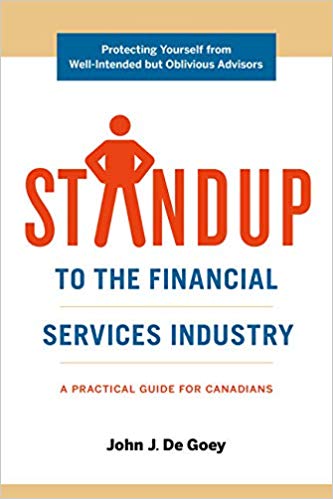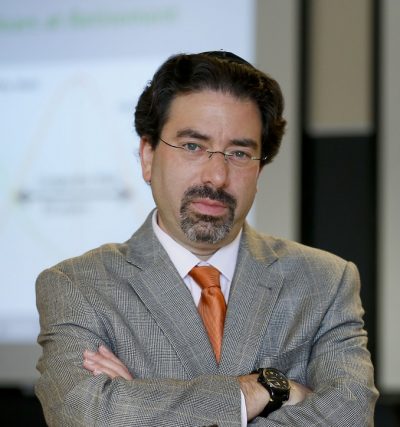 My latest MoneySense Retired Money column is a review of advisor John De Goey’s new book: STANDUP to the Financial Services Industry. Click on the highlighted headline for the full column: Fight for your right to low fees.
My latest MoneySense Retired Money column is a review of advisor John De Goey’s new book: STANDUP to the Financial Services Industry. Click on the highlighted headline for the full column: Fight for your right to low fees.
Obviously a retrofitted acronym, STANDUP stands for Scientific Testing and Necessary Disintermediation Underpin Professionalism. STANDUP was an undercurrent in the four editions of De Goey’s previous book, The Professional Financial Advisor. There he argued that while most advisors hold themselves out to be professionals like doctors, lawyers or accountants, the primary function of most advisors is “to sell products.” STANDUP Advisors are the good guys and gals: the “self-aware and knowledgeable advisors” his new book aims to help readers find. His personal website is www.STANDUP.today.
Bad advice they believe is good
Right from the get-go, De Goey is pretty harsh on many members of his profession. Much of what advisors believe is “demonstrably wrong” he declares right on page 2 of his introduction: “People who give advice for a living routinely give bad advice while honestly believing that the advice they are giving is, in fact, good. That’s a huge problem.”
He puts much of the blame on the managers of retail advisors, chiefly the senior members of Canadian mutual fund companies. He hauls out the old Upton Sinclair quote to illustrate the gap between doing what’s good for investors and what’s profitable for the financial industry itself: “It is difficult to get a man to understand something when his salary depends upon his not understanding it.” Continue Reading…






